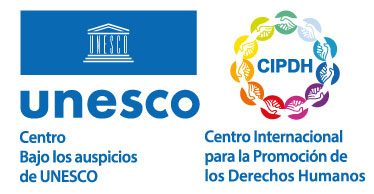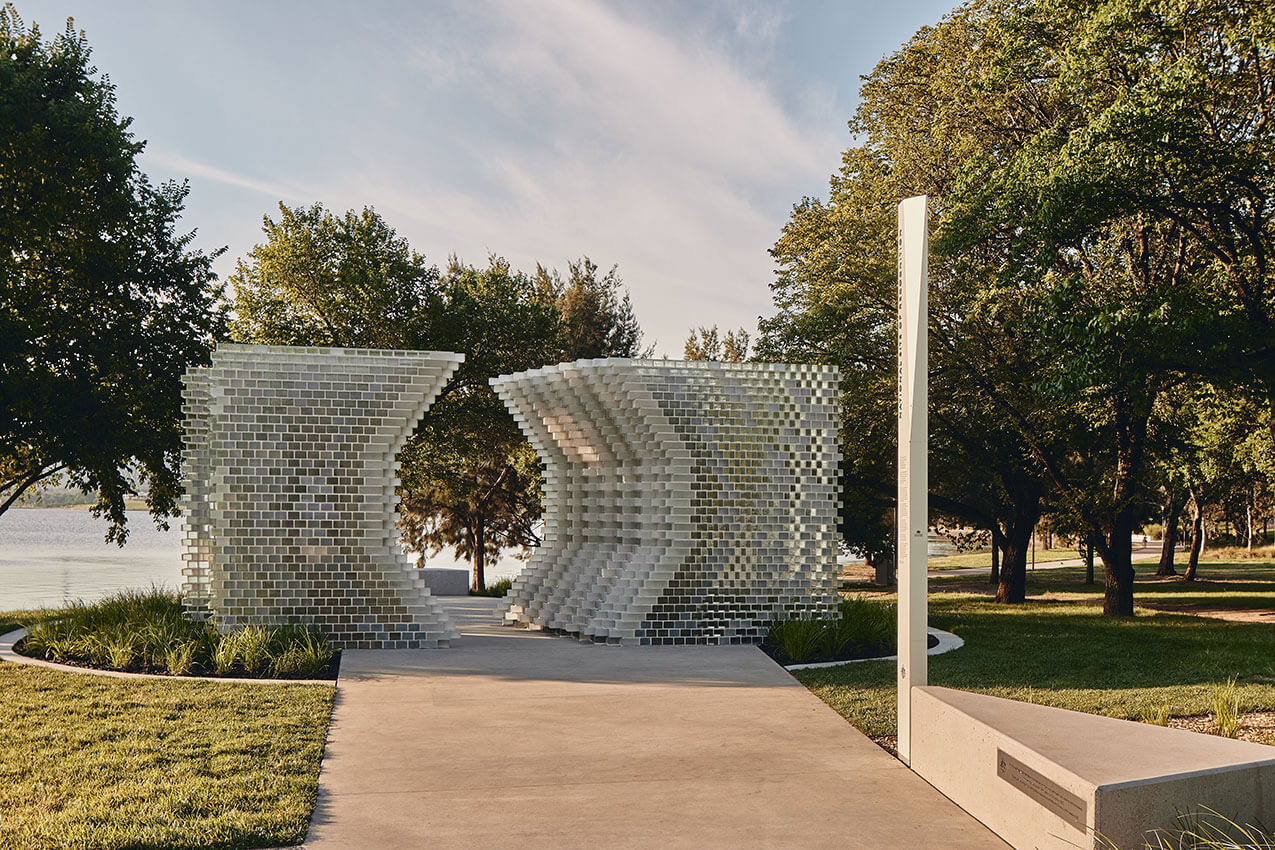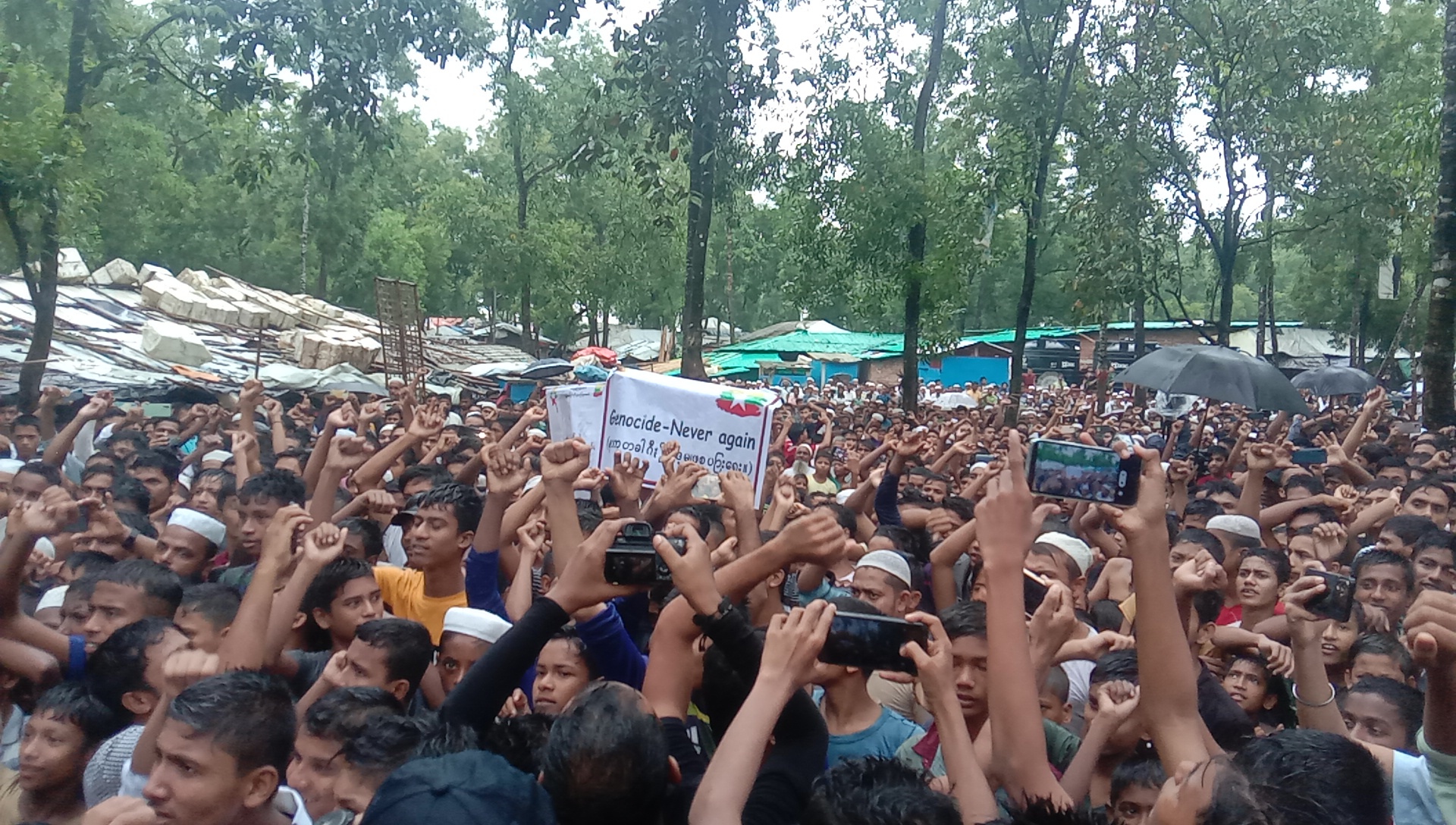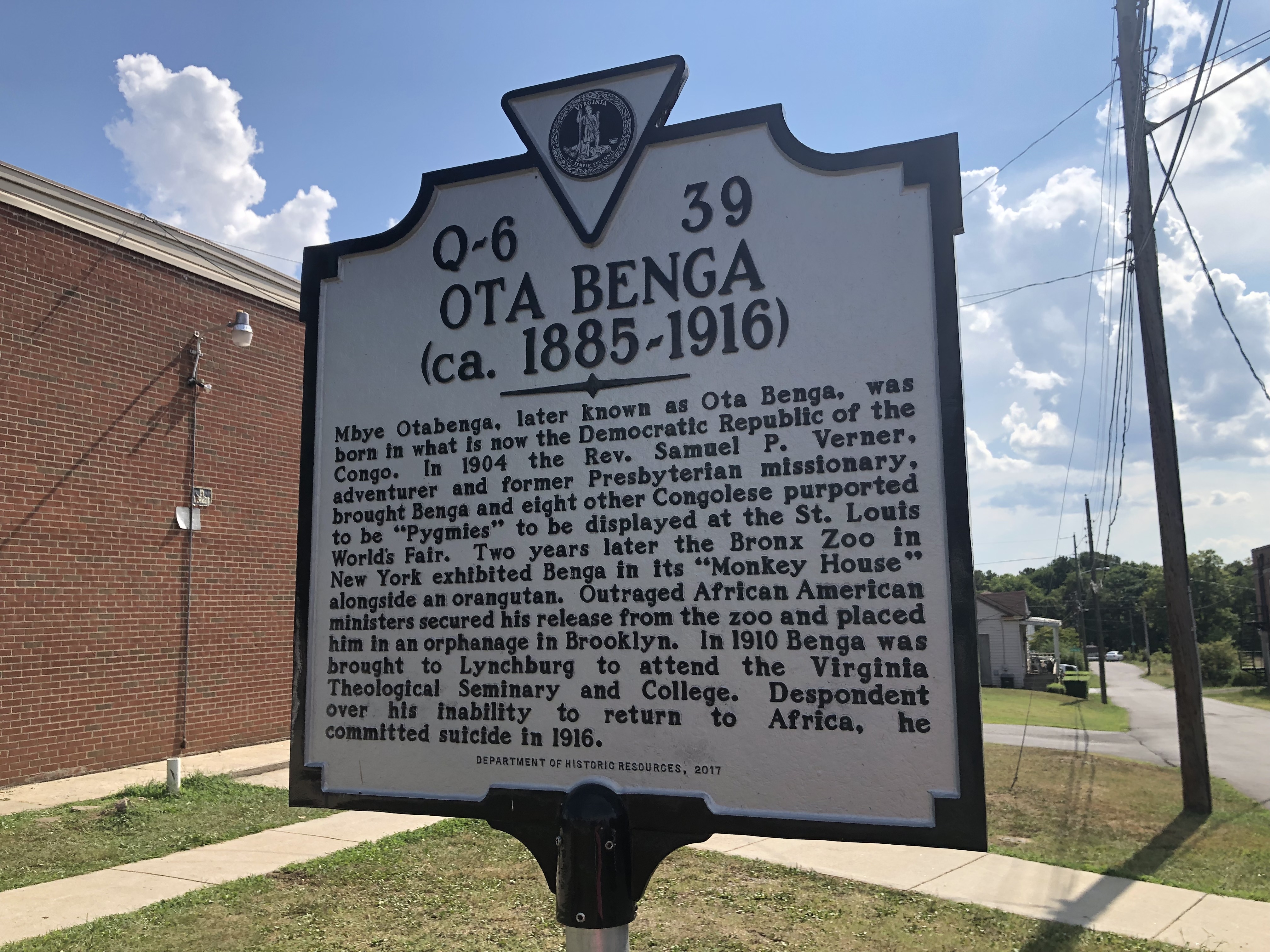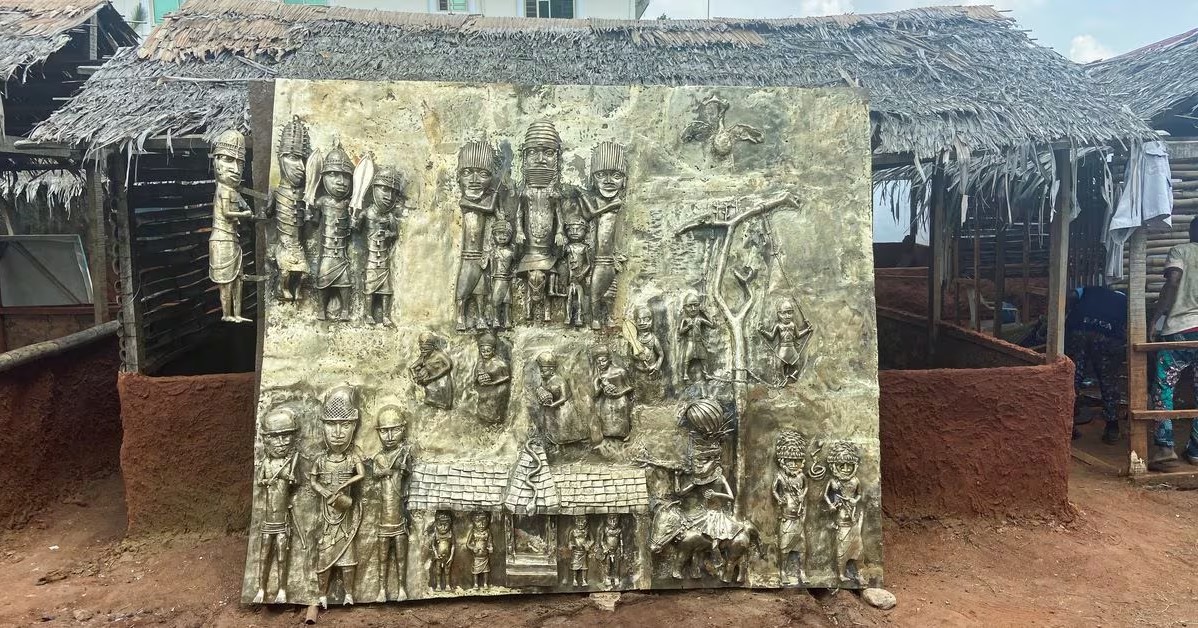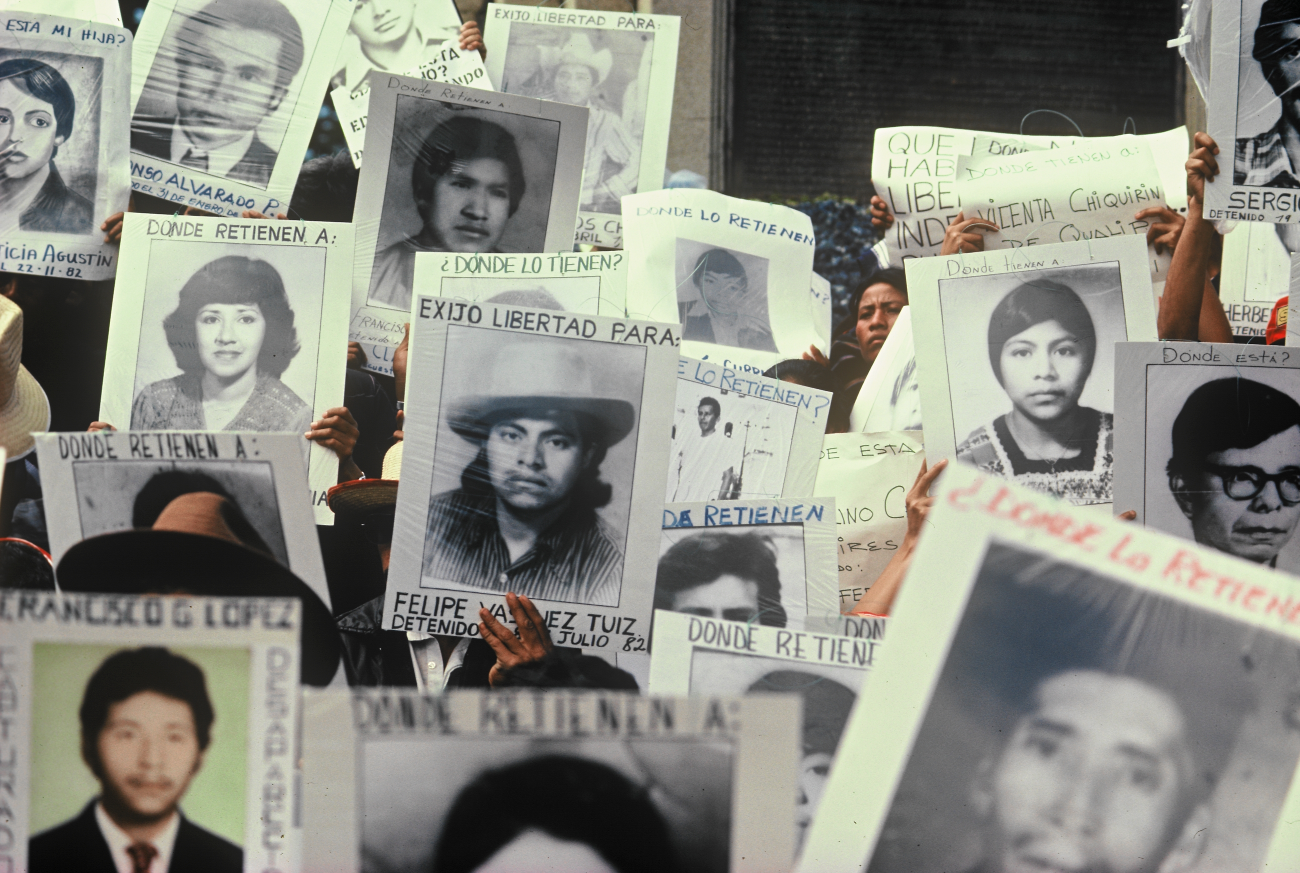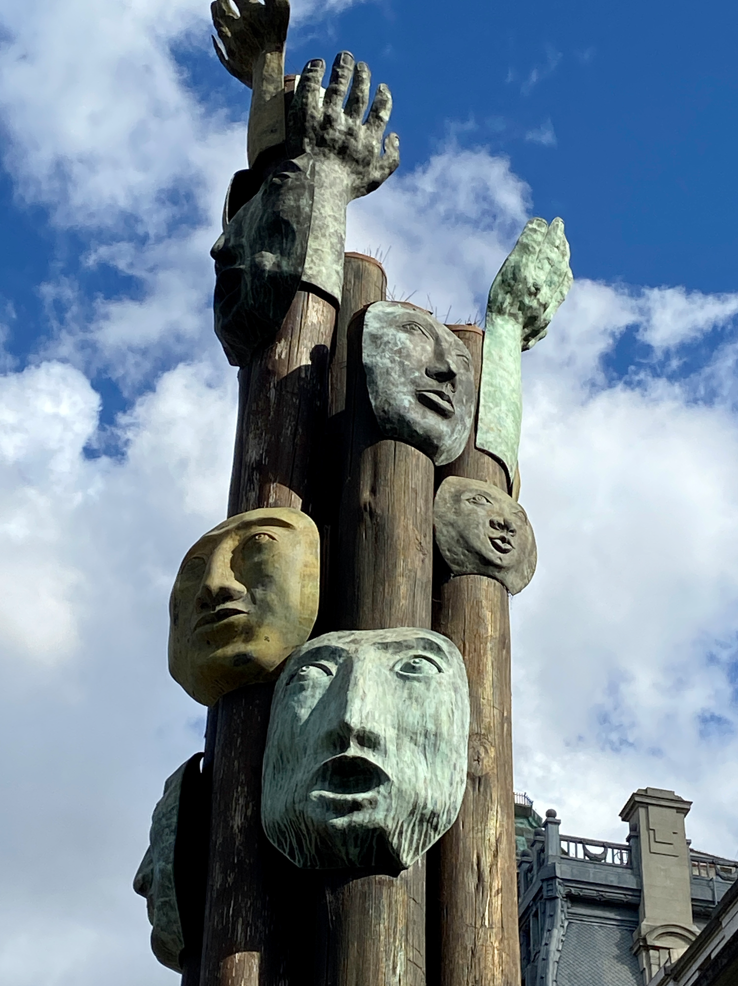Srebrenica-Potočari Genocide Memorial and Cemetery
Site
Monument
Museum
Theme: Genocide and/or Mass Crimes

Address
Donji Potočari
Country
Bosnia and Herzegovina
City
Srebrenica
Continent
Europe
Theme: Genocide and/or Mass Crimes
Purpose of Memory
To honor the victims of the 1995 genocide in Srebrenica.
Institutional Designation
Srebrenica-Potočari Genocide Memorial and Cemetery
Date of creation / identification / declaration
2003
Public Access
Free

Location description
The “Srebrenica-Potočari Genocide Memorial and Cemetery” center has three areas: the Memorial, the Cemetery and the Museum. In the middle of the Cemetery there is a Memorial consisting of a memorial wall where the names of the 8,372 victims are engraved. In the center, there is an open-air Muslim oratory for praying and remembrance.
The Museum, called Spomen Soba (Memorial Hall, in Croatian) is located in a former battery factory that the Dutch battalion of the Blue Helmets used as barracks during the massacres. It has three main rooms: the Victim’s Room where the belongings of the victims found in the mass graves are exhibited; the Projection Room where the documentary “Cry from the Grave” is played; and the Documentation Center.
Every July 11, the families participate in a ceremony of remembrance and burial of the remains identified.
After the dissolution of the Socialist Federal Republic of Yugoslavia between 1991 and 1992, the Serbs took control of most of the former Republic of Bosnia and Herzegovina and carried out a campaign of “ethnic cleansing” against the people of Bosnian Muslim ethnicity of the region. The Srebrenica massacre, also known as the Srebrenica Genocide, consisted in the murdering of thousands of Bosnians in just five days in July 1995 carried out by the units of the Army of Republika Srpska (VRS) under the command of General Ratko Mladic, with the support of a Serbian paramilitary unit. While the UN had about 400 Dutch Blue Helmets in the Srebrenica Region, they did not prevent the killings. Although the killing of Bosnian Muslim males was supposedly sought, the massacre included everyone, without distinction of gender, age or religion.
The General Framework Agreement for Peace in Bosnia and Herzegovina (also known as “Dayton Accords”) was signed in 1995 to put an end to the Bosnian War. The Srebrenica massacre was considered a genocide by the International Criminal Tribunal for the former Yugoslavia (ICTY) and the International Court of Justice in several occasions.
On November 22, 2017, the ICTY sentenced Mladic to life imprisonment.
Shortly after the war, mothers and widows of the victims started to commemorate the massacre by organizing protests on the 11th day of each month. Among other claims, they requested that a monument be erected in Potočari, an area controlled by the UN during the war for being the place where many of them saw their loved ones alive for the last time. The association Zene Srebrenice (women of Srebrenica, in Croatian) was created in 1996 for the purpose of clarifying the events of 1995, knowing the fate of the victims of enforced disappearance and fighting against the impunity of those responsible for the Srebrenica massacre. In 2001, the High Representative for Bosnia and Herzegovina, Wolfgang Petritsch, decreed the creation of a cemetery and a memorial in Potočari. In March 2003, the first 600 victims were buried in Potočari. In 2018, the cemetery had more than 6,500 graves. Every July 11, the families participate in a ceremony of remembrance and burial of the remains identified. The ceremony held in 2005 was attended by attended by over 30,000 survivors and their supporters and dozens of dignitaries, including, for the first time, the president of Serbia.
On 9 July, 2007, a commemoration space was opened with the participation of the Imperial War Museum (London, England). A museum about the Srebrenica genocide was opened in 2017 in the commemoration space, whose exhibition was designed by the Kamp Westerbork Memorial Center, in The Netherlands, in cooperation with the Potočari Memorial Center (Srebrenica) and the Dutch NGO PAX.








